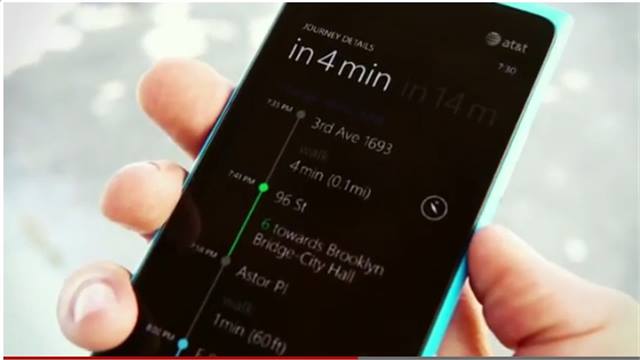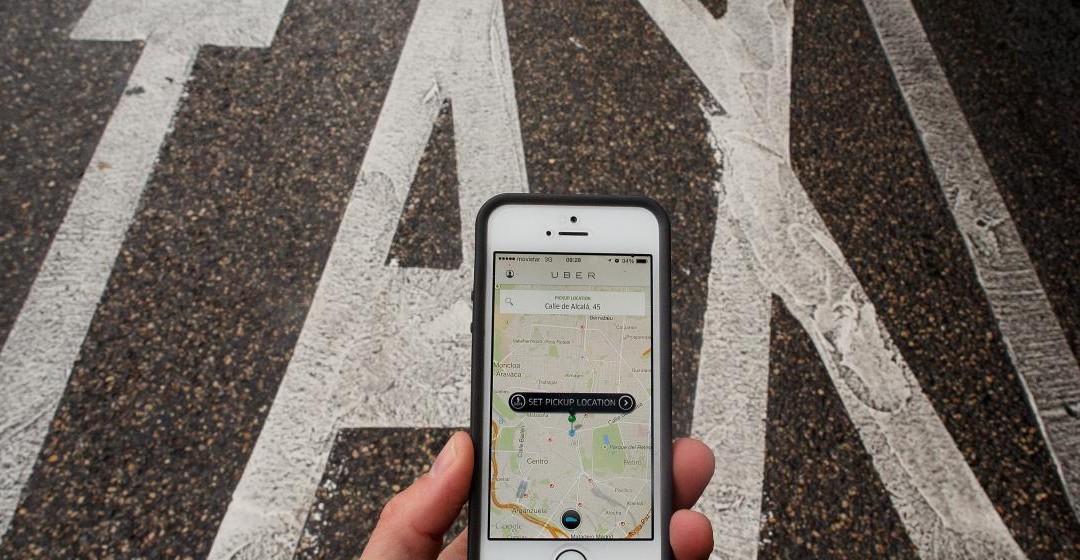
by mattchristensen00 | Apr 1, 2015 |
The so-called “sharing economy” is already big business. Mobile services let people use private cars as taxis, rent their cars to each other or share them among neighbors. As disruptive services continue to increase utilization of vehicles, Susan Kuchinskas looks at new business models for automakers after the era of single-driver cars. Let’s redefine some terms. I may let my daughter use my car; that’s sharing. When I charge a stranger for a ride, that’s business – a business that’s already worth billions to Uber alone. The great shift in patterns of car ownership and usage that’s begun isn’t about sharing. It’s more akin to the software-as-a-service model that’s taken over from the olden days when you bought a CD and loaded software on a PC. Now, we call this cloud services, and the cloud is poised to deliver mobility as a service, making access to vehicles more convenient while increasing utilization of individual cars. “The total addressable market in the U.S. alone is hundreds of billions of dollars, based on how much people spend on gas,” says Christian Fritz, area manager of the representation and planning (RAP) area at PARC, the innovation lab owned by Xerox. If the operating cost of a personal car would be supplanted by mobility as a service, he adds, “That’s a big pie that needs to be divvied up and fought over.” To read the full article, click here....

by mattchristensen00 | Mar 30, 2015 |
By Gregory Ferenstein In a few short years, ride-sharing companies have dominated their taxi competitors. In San Francisco alone, Uber reportedly earnsmore than three times the entire taxi market ($500 million vs. $140 million). And recently, Uber’s main competitor, Lyft, announced that it has raised a whopping $500 million, at a $2.5 billion valuation. Anyway you slice it, investors think that ride-sharing is going to be worth many times more than the entire cab industry. More importantly, new research from Uber’s data science team reveals why taxis may never be able to compete with their Silicon Valley rivals. The longer Uber exists in a city, the less patient consumers become. “In some cities, if users see the nearest Uber is more than even 2-3 minutes away, they are far less likely to request a car, while in other cities wait times as long as 10 minutes are perfectly acceptable,” the team wrote. In other words, Uber is making consumers impatient. In San Francisco, one study found that just 16 percent of taxis arrived in less than 10 minutes after being called, while 90 percent of ride-sharing cars did. (To be sure, the taxi industry is suffering huge losses in San Francisco.) This is a structural problem with taxis. Unions purposefully limit the numbers of cars on the road to keep drivers’ wages artificially inflated. To read the full article, click here....

by mattchristensen00 | Mar 20, 2015 |
By Kaja Whitehouse New York City’s taxi industry is gearing up to propose a cap on so-called black cars as the number of Uber cars outpaces yellow taxis for the first time. The proposed cap, which is still being drafted, seeks to halt the growth of livery cabs, also known as black cars, until city officials can study the impact they are having on traffic, parking and pollution, said Tweeps Phillips, executive director of Committee for Taxi Safety, an industry group. The planned cap comes on the heels of new data showing that the number of Uber cars in NYC has outpaced yellow taxis for the first time. There are 14,088 cars, including luxury SUVs, affiliated with Uber in the city’s five boroughs, compared with 13,587 yellow cabs, according to the The Taxi and Limousine Commission. “It’s remarkable that this one company is able to put vehicles on the road willy-nilly without anyone saying what this means for traffic conditions or parking or the environment,” Phillips said. “It’s like the city fell asleep.” “The facts clearly show that Uber is changing New York City’s transportation ecosystem for the better,” countered Matthew Wing, Uber’s head of communications for the Northeastern states. Wing pointed out Uber drivers’ focus on the outer-boroughs “where taxis don’t go,” as well as Uber Pool, which encourages car-pooling. To read the full article, click...

by mattchristensen00 | Mar 17, 2015 |
By Susan Shaheen, PhD, and Nelson Chan Shared-use mobility includes carsharing, personal vehicle sharing (or peer-to-peer (P2P) carsharing), bikesharing, scooter sharing, shuttle services, ridesharing, and on-demand ride services. It can also include commercial delivery vehicles providing flexible goods movement. Shared-use mobility has had a transformative impact on many global cities by enhancing transportation accessibility while simultaneously reducing ownership of personal automobiles. In the context of carsharing and bikesharing, vehicles and bicycles are typically unattended, concentrated in a network of locations where the transaction of checking out a vehicle or bicycles is facilitated through information technology (IT) and other technological innovations. Usually, carsharing and bikesharing operators are responsible for the cost of maintenance, storage, parking, and insurance/fuel (if applicable). In the context of classic ridesharing (carpooling and vanpooling) and on-demand ride services, such as transportation network companies (TNCs), many of these providers employ IT to facilitate the matching of riders and drivers for trip making. To download the full report, click here....

by mattchristensen00 | Mar 2, 2015 |
Traffic sucks. Even the Department of Transportation thinks so. Someday in the not too distant future–think somewhere between Uber picking you up when you’re drunk and the arrival of super fast self-driving cars–your commute might be very different. Last week, IT company Cisco announced they’re selling a new suite of technologies that could improve traffic and car safety. One of the major components of their technology is increased vehicle-to-vehicle (V2V) communication. “Think of it as vehicles that are talking to each other,” says Susan Shaheen, a transportation engineer at the University of California, Berkeley, who was not involved in Cisco’s project. Vehicles equipped with V2V technology can exchange information with similarly equipped cars, including their speed and location, hopefully making traffic move more smoothly, and preventing accidents caused by human error. Cisco’s group of technologies (including cameras, routers, and transmission devices) provide a way to integrate the V2V technologies that auto companies like GM are working on, to help them connect to each other and eventually to city infrastructure. But what does it mean for you? Let’s take a look at a day in the life of your future self…or at least the parts you’ll spend in your car. To read the full article, click...






